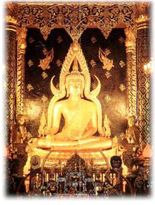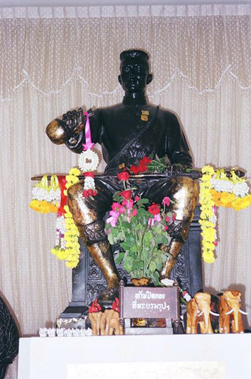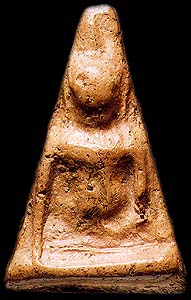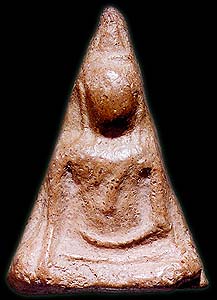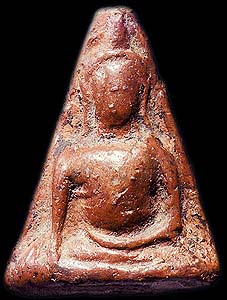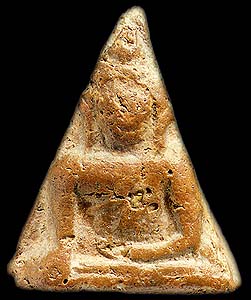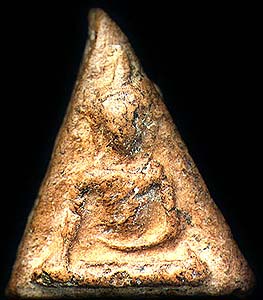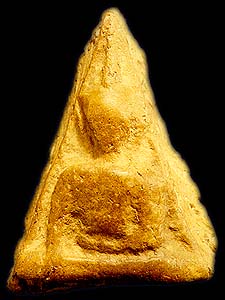 Naresuan University (NU.) is a government sponsored university in Phitsanulok, northern Thailand. It was established as a separate university on July 29,1990, which was the 400th anniversary of the beginning of the reign of Phitsanulok born King Naresuan the Great. A coutyard with a large statue of King Naresuan is located on the grounds and is worshipped by the students. The university now numbers about 20,000 students.
Naresuan University (NU.) is a government sponsored university in Phitsanulok, northern Thailand. It was established as a separate university on July 29,1990, which was the 400th anniversary of the beginning of the reign of Phitsanulok born King Naresuan the Great. A coutyard with a large statue of King Naresuan is located on the grounds and is worshipped by the students. The university now numbers about 20,000 students.On January 18, 1964, the Royal Thai Ministry of Education resolved to create a branch of the College of Education ( located in Bangkok ) for teacher training in each region of the country. On January 25, 1967 the Phitsanulok campus was established as the fourth branch of the College of Education and was meant to serve mainly the northern provinces. In 1974 (the year I was born) the College of Education was upgraded to university status and was named Srinakharinwirot University, Phitsanulok campus. Originally, only the third and fourth years of university study were offered, and students were admitted by competitive examination after completing the curriculum at one of the nation's associate degree level teacher training colleges. But in 1976, the first and second years were added. Over the years majors besides education were included, and in 1990 the Phitsanulok campus became independent of Srinakarinwirot University and was designated as Naresuan University for celebration of King Naresuan the Great's 400th years anniversary of ascending to the throne.

In September 2006, Naresuan University was ranked as "Very Good" level in research among the Thai universities by Commission on Higher Education.
Naresuan University also has another campus in Phayao which operated in 1999 .










